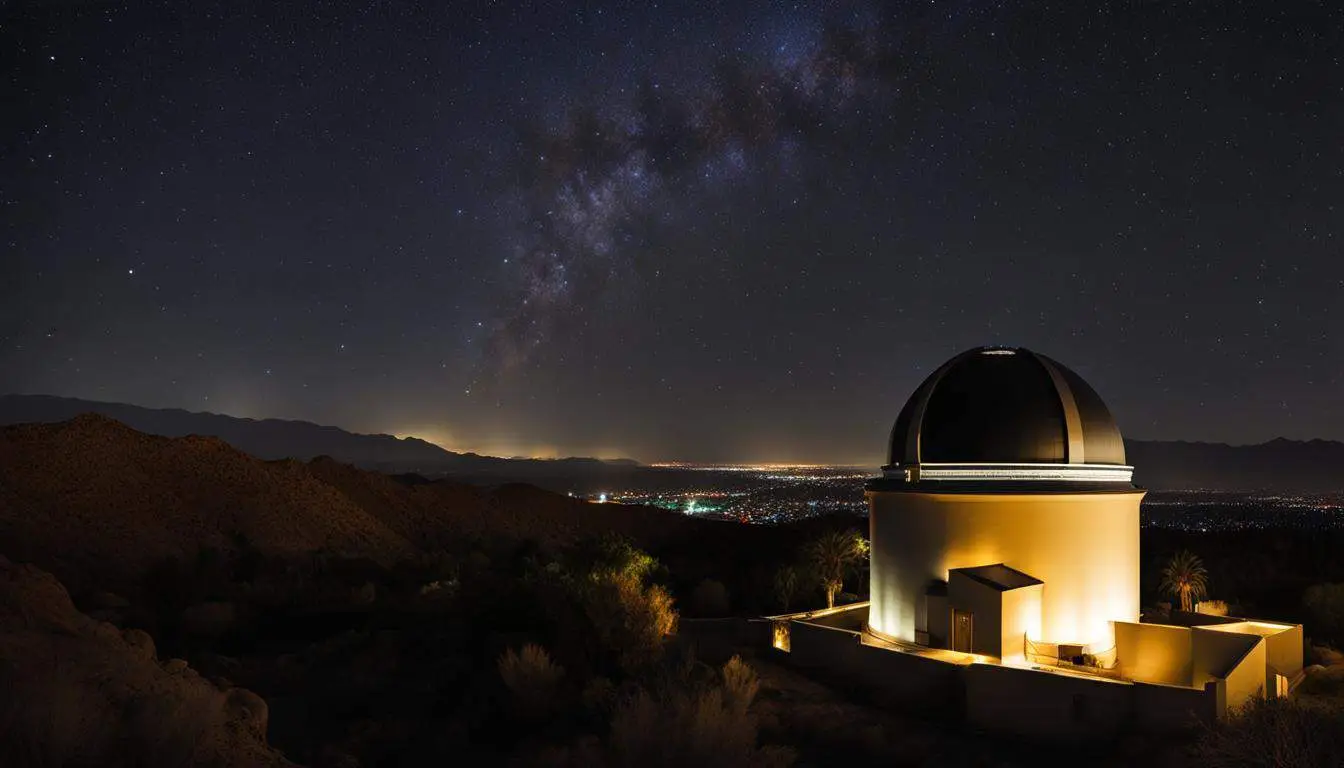There’s something undeniably humbling about looking up at the night sky and realizing just how small we are in the vastness of the universe. For many, stargazing is more than a hobby—it’s a form of travel. That’s why Astro-Travel in the U.S. is on the rise, offering cosmic experiences that blend adventure, education, and awe in some of the country’s most breathtaking destinations.
From state-of-the-art planetariums in bustling cities to remote dark-sky preserves where the stars seem close enough to touch, the U.S. is packed with incredible Astro-Travel spots. Whether you’re a casual constellation-seeker or a serious astronomy buff, these destinations offer a front-row seat to the wonders of the universe.
Astro-Travel, US Edition: Why the Stars Are Calling
The beauty of Astro-Travel in the U.S. lies in its accessibility. You don’t need a telescope or a PhD to enjoy the night sky—just the right location, a sense of wonder, and maybe a warm jacket. As technology continues to evolve, so does our interest in space, fueling a new generation of travelers seeking connection through celestial experiences.
Let’s dive into the best places across the U.S. where you can explore the galaxy without leaving Earth.
1. Mauna Kea Observatories – Hawaii’s Window to the Stars
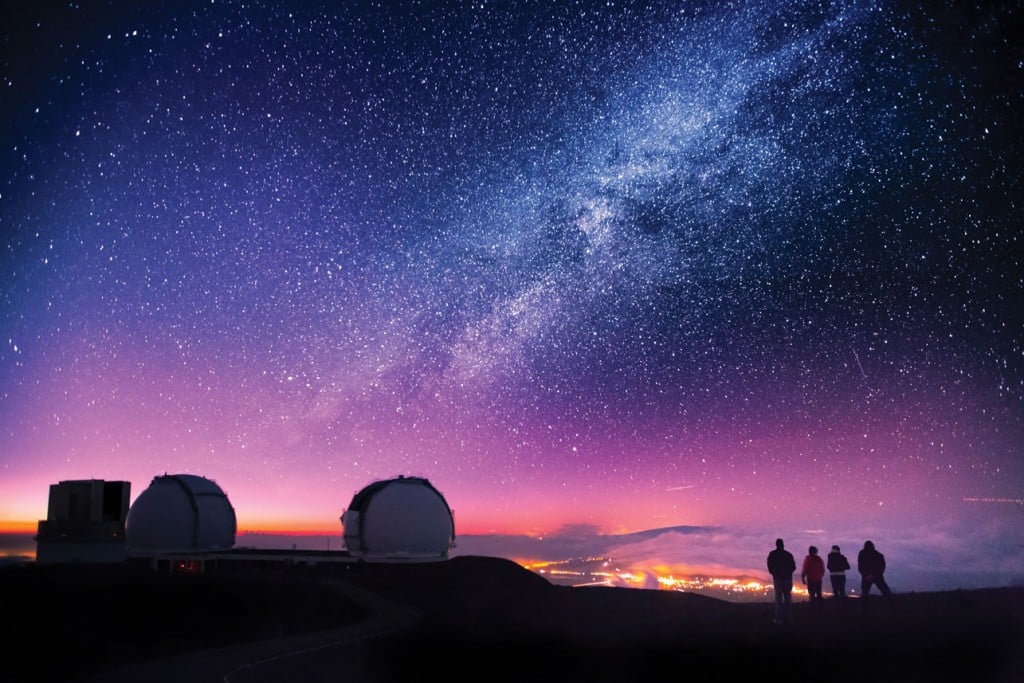
At nearly 14,000 feet above sea level, the Mauna Kea Observatories on the Big Island of Hawaii are considered one of the world’s best astronomical viewing spots. The combination of high altitude, stable air, and minimal light pollution make it a dream for stargazers.
Here, several observatories operated by countries from around the world peer deep into the cosmos. While public access to the summit is limited, there are guided tours that offer safe and respectful visits, complete with powerful telescopes and knowledgeable astronomers. It’s a must-stop for serious Astro-Travel, US enthusiasts.
2. Cherry Springs State Park – Pennsylvania’s Dark Sky Gem
Nestled in north-central Pennsylvania, Cherry Springs State Park is recognized as one of the darkest places on the East Coast. The 82-acre park is an International Dark Sky Park, making it perfect for those craving a real escape from city lights.
Bring your own gear or attend one of their public stargazing programs with high-powered telescopes. On clear nights, the Milky Way arches overhead like a cosmic bridge. It’s quiet, wild, and surprisingly accessible—ideal for weekend Astro-Travel in the U.S..
3. Griffith Observatory – Hollywood’s Star Attraction
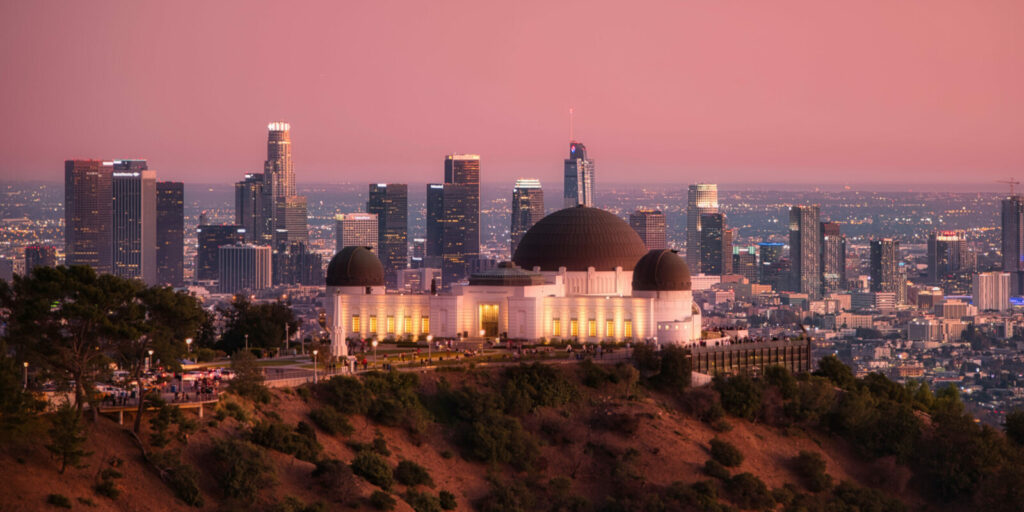
Perched on the slopes of Los Angeles’ Mount Hollywood, the Griffith Observatory is both a pop culture icon and a serious astronomical institution. Its art deco design has starred in movies from Rebel Without a Cause to La La Land, but beyond the Hollywood shine lies some of the best public astronomy experiences in the country.
Admission is free, and visitors can explore exhibits, attend planetarium shows, and look through the Zeiss telescope on clear evenings. It’s a perfect blend of science and storytelling—and a reminder that Astro-Travel in the U.S. isn’t just for the remote wilderness.
4. Lowell Observatory – Flagstaff, Arizona
Home of Pluto’s discovery, the Lowell Observatory has a long history of peering into the unknown. Located in Flagstaff, the first International Dark Sky City, it combines historic charm with cutting-edge space research.
Visitors can explore exhibits on the solar system, peer through antique telescopes, and participate in hands-on science programs. Flagstaff’s altitude and clear skies make it a prime spot for a stargazing vacation. Whether you’re gazing at Saturn’s rings or chasing meteor showers, you’ll feel closer to the universe here.
5. Chaco Culture National Historical Park – New Mexico
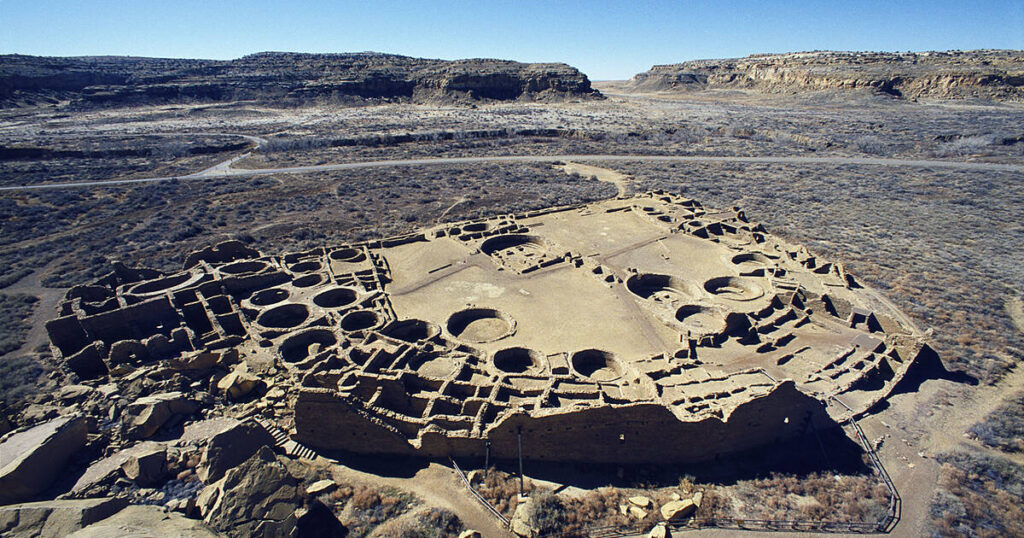
This UNESCO World Heritage Site is not just about ancient ruins—it’s also a designated International Dark Sky Park. Thousands of years ago, the ancestral Puebloans aligned their architecture with the stars, and today, Chaco Canyon remains a powerful link between sky and Earth.
Attend an evening ranger talk, join an astronomy program, or simply lay back and let the sky do the talking. Few places in America combine cultural history and celestial beauty like this one. It’s a quieter, more spiritual form of Astro-Travel in the U.S., but no less awe-inspiring.
6. Hayden Planetarium – New York City
Think you can’t stargaze in the city? Think again. The Hayden Planetarium at the American Museum of Natural History in NYC is one of the most advanced facilities in the world for exploring the universe indoors.
Its immersive space shows—narrated by the likes of Neil deGrasse Tyson—take you from the Big Bang to black holes in a matter of minutes. It’s not about escaping the city lights, but embracing tech-powered cosmic storytelling. If you’re short on time or stuck in a concrete jungle, this is your gateway to the stars.
7. Big Bend National Park – Texas
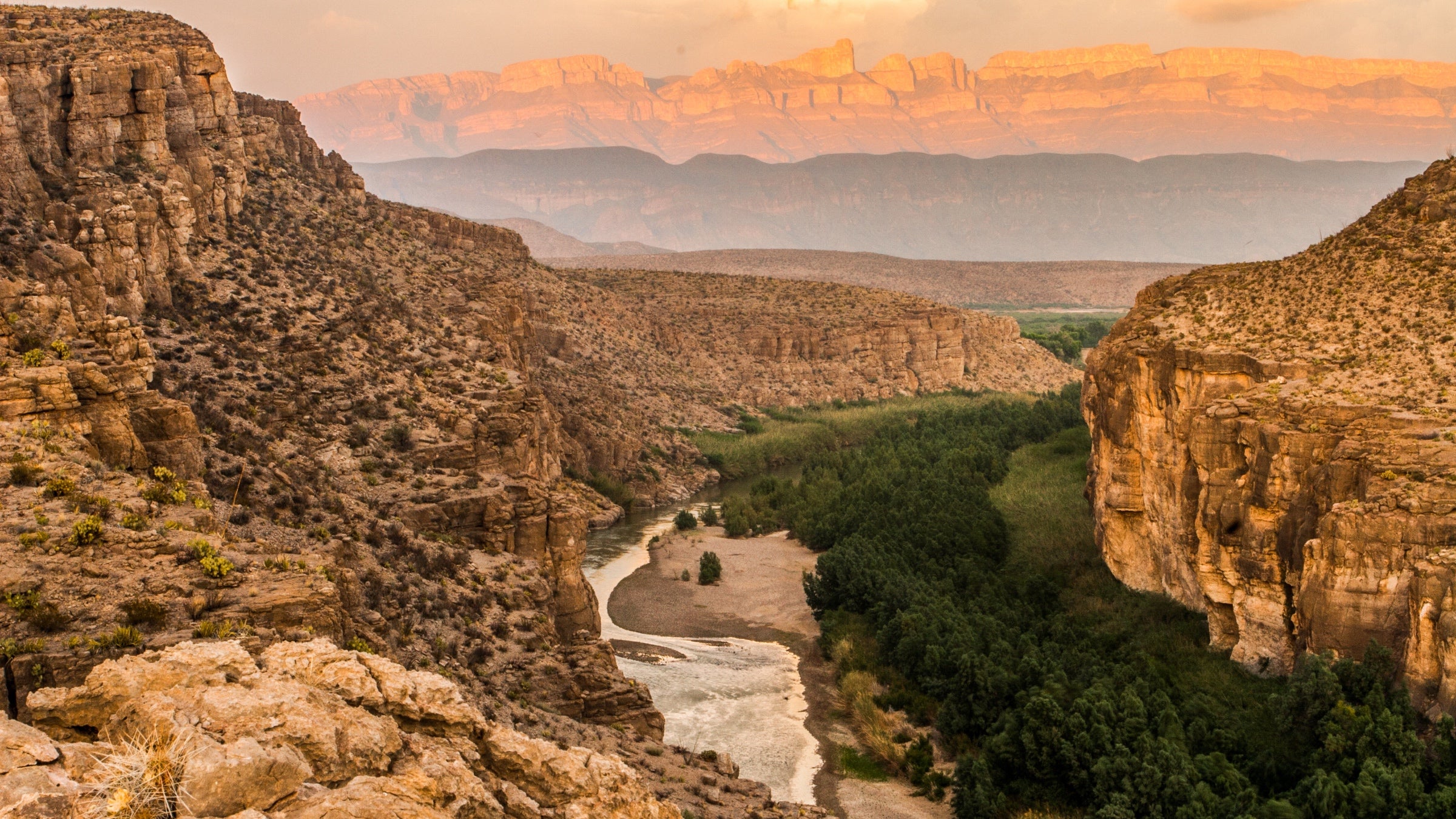
Big Bend is one of the largest and most remote national parks in the U.S., and it also happens to have some of the darkest skies in the country. With vast desert landscapes, towering mountains, and minimal development, it’s a natural haven for astronomers.
The park frequently hosts star parties and offers ranger-led night hikes and telescope viewings. Don’t be surprised if you spot the Milky Way stretching from one side of the sky to the other—it’s that clear.
Planning Your Astro-Travel Itinerary
- Check the Moon Phase: For the best stargazing, aim for a new moon or when the moon is in its early waxing or waning stages.
- Download Star Apps: Tools like Star Walk or SkySafari can help you identify constellations, planets, and even satellites in real time.
- Pack Smart: Bring layers (it gets cold at night), a red flashlight (to preserve night vision), and a telescope or binoculars if you have them.
- Book Early: Dark sky parks and observatories often have limited space for programs—reserve ahead, especially on weekends.
Final Thoughts on Astro-Travel, US Style
There’s no denying the growing popularity of Astro-Travel in the U.S.—and it’s not just a trend, but a new way of connecting with the world around (and above) us. Whether you’re road-tripping to a dark sky preserve, visiting a historic observatory, or exploring the galaxy via a planetarium dome, the stars are always ready to guide your next adventure.
So, pack your curiosity and look up—your next great trip might just be written in the stars.

